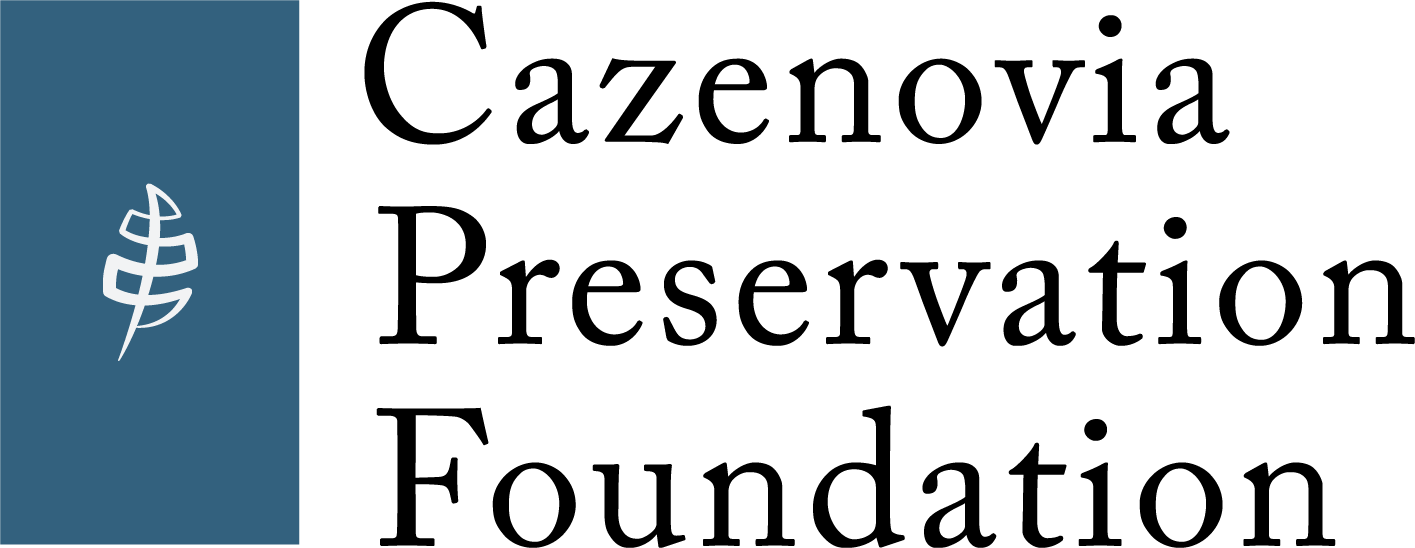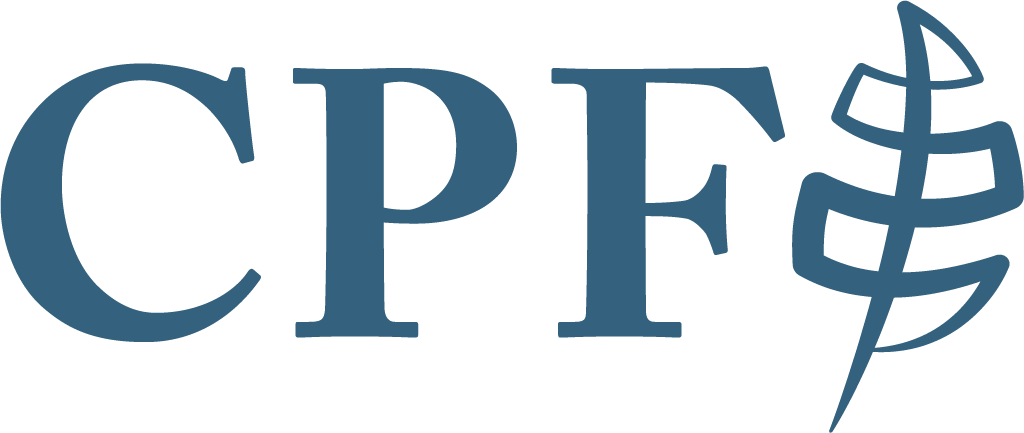The Bobolink
Bobolinks, members of the blackbird family, winter in South America and migrate to the northeastern U.S., upper Midwest and southern Canada in Spring to breed in open fields. The New York State Department of Environmental Conservation notes in their 2014 Species Status Assessment for bobolinks that the birds tend to prefer older hay fields with a mix of grasses and wider-leafed plants such as red clover or dandelion. When not breeding, the males look much like the females with yellow-brown feathers, but the male bobolink in breeding plumage, shown here, is hard to miss.
A study in the September 2019 edition of the journal Science (Rosenburg, et al., 2019) found that since 1970, bird populations in the United States and Canada have declined by 29 percent, or almost 3 billion birds, signaling a widespread ecological crisis. The study goes on to say that grassland birds are especially hard hit, with a 53-percent reduction in population. The American Bird Conservancy states that the main reason for bobolink declines is habitat loss, particularly due to early and repeated hay harvests.
Avid birder and CPF Board President, Jim Steinberg, observed four nesting sites in the meadow at CPF’s Burlingame Road property during the 2021 breeding season. Noting the presence of the birds, CPF worked with the neighboring farmer to delay mowing until August. Longer term management plans for the area are in development.
Wondering where the bobolinks are nesting this year? Join Jim on Saturday May 28 at the Burlingame Trail Parking area on Burlingame Road for a guided birdwalk to identify the locations of 2022 bobolink nesting sites, part of CPF’s Summer 2022 Walks ‘n Talks Birding Series.
Looking for another local site to observe bobolinks? Emily Zaengle, Executive Director of the Stone Quarry Hill Art Park, a CPF conservation easement property, reports that they have been managing an approximately 10-acre contiguous area, a size recommended by staff at the Natural Resource Conservation Service for nesting bobolinks, for three years and there were several nest sites in 2021.
Here’s another upcoming 2022 Walks ‘n Talks Birding Series event.
May is a wonderful time for birding in Central New York and May 14, 2022 is World Migratory Bird Day and eBird Global Big Day! CPF invites you to join John Pumilio, Director of Sustainability at Colgate University and former Director of Ornithology Workshops at the National Audubon Society, for an early morning walk at Fairchild Hill on Saturday, May 14, from 8:30-10:00 a.m. We will be on the lookout for chickadees, juncos, sparrows, tanagers, orioles, hummingbirds, bluebirds, warblers, hawks, woodpeckers and other species who make Cazenovia their home.
What should you bring? The only requirements are your enthusiasm, comfortable footwear that you don’t mind getting muddy, and a pair of binoculars. All levels and abilities are welcome.
Meet in the Fairchild Hill Parking Lot (behind the brown building at the intersection of Rt. 20 and Rt. 92 in Cazenovia) just before 8:30 a.m.


